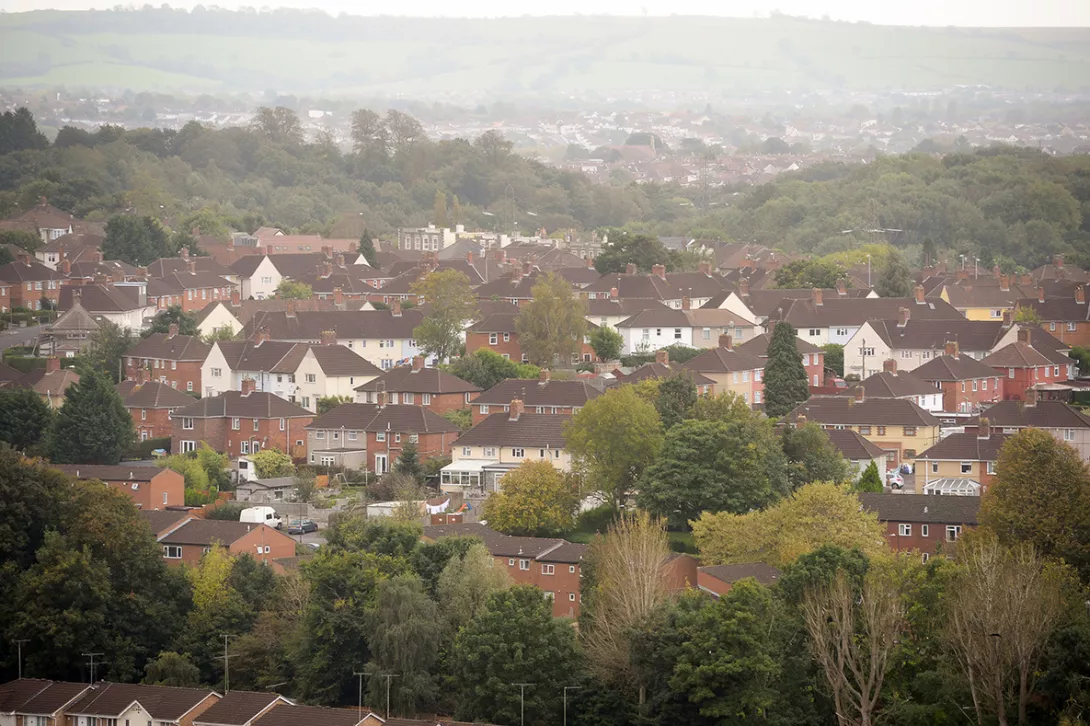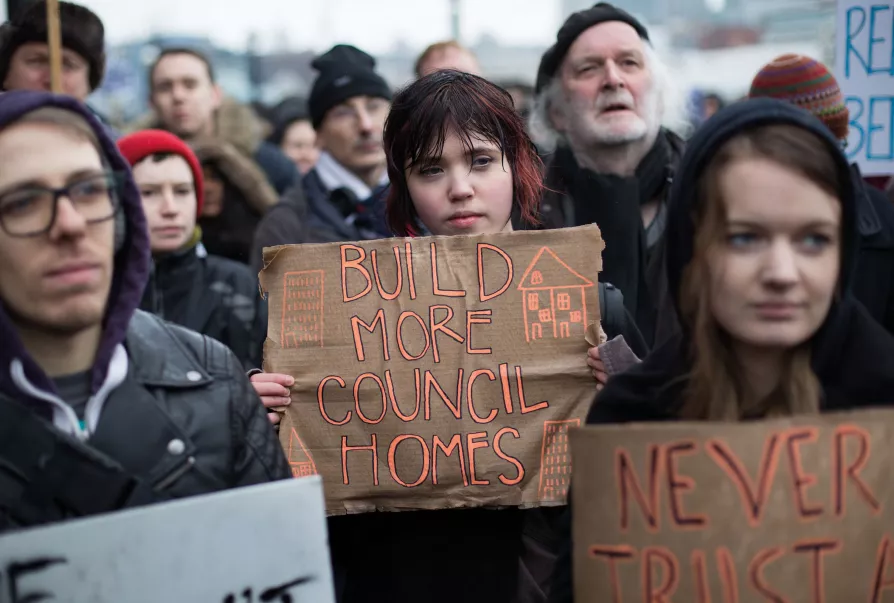The proxy war in Ukraine is heading to a denouement with the US and Russia dividing the spoils while the European powers stand bewildered by events they have been wilfully blind to, says KEVIN OVENDEN
The loss of council housing is creating a rural dystopia
Decades of right to buy have eroded the social balance of our countryside — and now holiday lets and second home owners from the cities are compounding the crisis, writes DAVE BANGS

IT IS the council housing that can leave the strongest impression in the villages, small towns and hamlets of our countryside.
Still today, it is the well-built council family houses, mostly semis or small terraces, with their generous garden and community spaces, often paying homage in their design to local building traditions, that seem most practical and homely.
With their old privet hedges, mini-greens and trees often older than the houses, they are as much part of our countryside as old churches, pubs and timber-framed cottages.
More from this author

From John Clare country to ancient fenland, Ed Miliband’s solar farm approvals risk industrialising precious rural spaces — we must find greener solutions that don’t sacrifice our countryside’s beauty, writes DAVE BANGS

Spring has sprung in all its glory — but DAVE BANGS is disturbed by the absence of a crucial sound

These twin Sussex co-ops selling their produce directly to locals offers a glimpse of a future of sustainable, democratised food production – all in harmony with nature, says DAVE BANGS
Similar stories

MARTIN WICKS argues that the government’s reduced discounts for council house purchases don’t go far enough, and we need to be calling for the complete abolition of this regressive Thatcherite policy

As Angela Rayner pushes for a small but not totally insignificant number of council houses, SOLOMON HUGHES reveals how the Starmer-backed pro-developer Growth Group of MPs is likely planning to undermine this anyway

Low pay and spiralling rental costs mean women are all to often trapped in appalling accommodation, writes LYNNE WALSH











